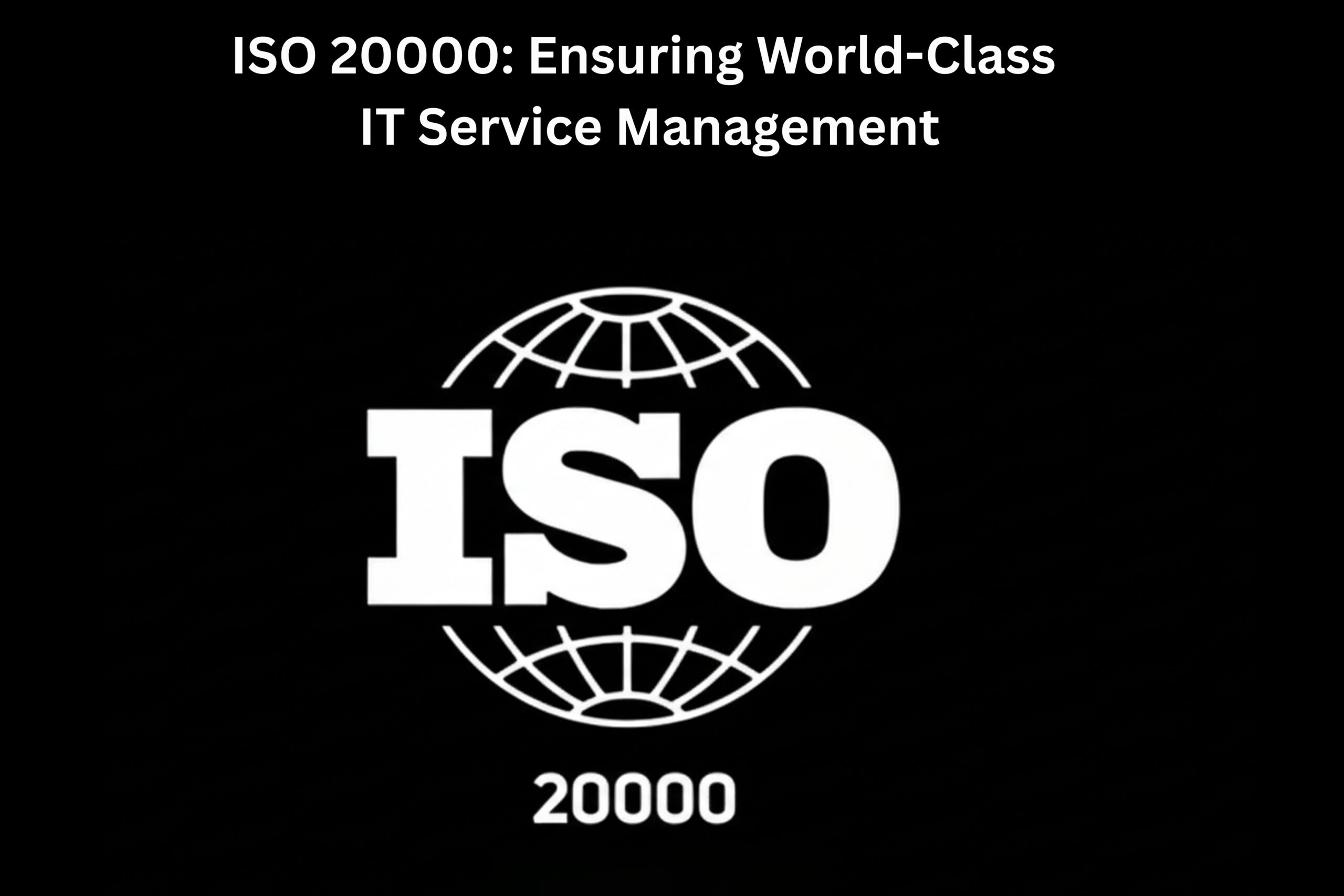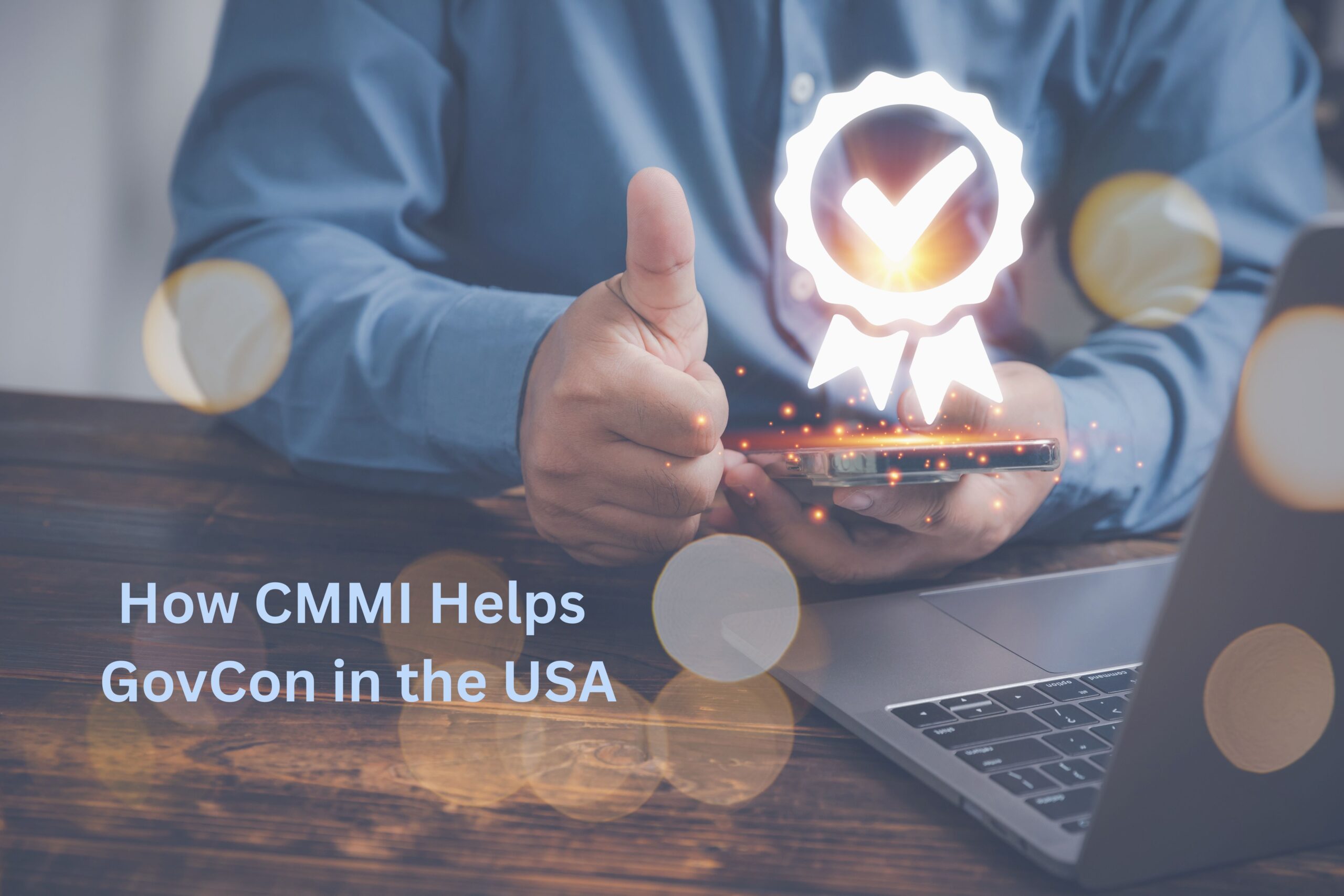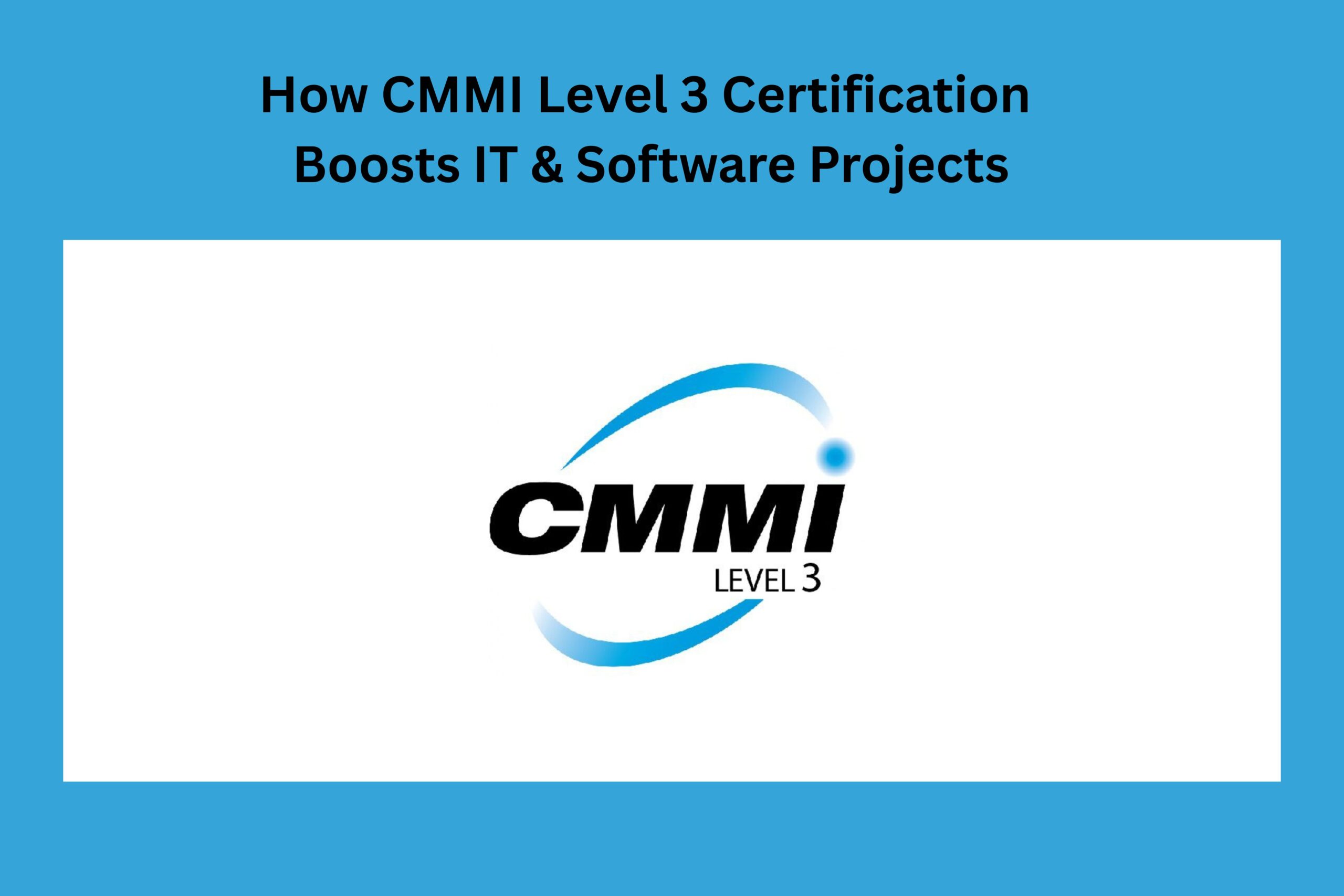Every business depends on reliable IT services. Poor service delivery leads to downtime, higher costs, and unhappy customers. To avoid this, organizations adopt international standards. Among them, ISO 20000 certification is the global benchmark for IT service management. It defines how to deliver consistent, efficient, and high-quality IT services.
Prowise Systems helps companies implement, maintain, and improve ISO 20000. Their consulting ensures businesses meet compliance needs while building strong IT foundations.
What is ISO 20000?
ISO 20000 is the international IT service management standard (ITSM). It aligns business and IT by setting requirements for planning, delivering, monitoring, and improving services. With ISO 20000, organizations gain a structured system that reduces errors, improves response times, and boosts customer trust.
By achieving ISO 20000 certification, companies prove their IT processes meet global best practices. This standard is not only for IT companies. Any organization with IT services can use it — from banks and hospitals to telecom providers and government agencies.
More details can be found on ISO 20000 at Prowise Systems.
Why ISO 20000 Matters
Modern businesses rely on IT for daily operations. Unmanaged services cause inefficiencies, security issues, and rising costs. ISO 20000 addresses these problems by:
- Defining clear roles and responsibilities in IT service delivery.
- Creating a framework for incident, problem, and change management.
- Establishing service level agreements (SLAs) to ensure accountability.
- Supporting continuous improvement through audits and reviews.
This approach helps organizations manage risks and adapt to new technologies faster. It also reassures clients and partners that IT services meet ITSM best practices.
Benefits of ISO 20000
Adopting ISO 20000 brings measurable business value:
- Improved Service Quality – IT teams work with a clear structure, ensuring consistent delivery.
- Customer Satisfaction – Service reliability increases trust and loyalty.
- Cost Optimization – Efficient processes reduce waste and downtime.
- Compliance Advantage – Supports IT compliance and governance.
- Competitive Edge – ISO 20000 certification builds credibility in global markets.
These benefits make ISO 20000 a strategic investment, not just a compliance exercise.
Common Challenges in IT Service Management
Organizations often face:
- Poor coordination between IT and business teams.
- Reactive approaches to incidents rather than proactive management.
- Lack of documentation, making knowledge transfer hard.
- Gaps in SLA monitoring and reporting.
ISO 20000 addresses these challenges by providing a structured process model.
How Prowise Systems Helps
Prowise Systems provides end-to-end support for ISO 20000 certification in India and USA. Their services include:
- Gap Analysis – Assessing current ITSM practices against ISO 20000 requirements.
- Implementation Roadmap – Designing a clear plan for processes, tools, and training.
- Audit Preparation – Helping teams prepare for internal and external audits.
- Training & Awareness – Building in-house skills for long-term compliance.
- Renewal Support – Assisting organizations to sustain certification over time.
If you are already certified, you can also follow their guide on how to renew your ISO certification.
Prowise ensures that ISO 20000 is not just a certificate but a tool for improving IT performance.
Steps to Achieve ISO 20000 Certification
- Understand the Standard – Review the ISO 20000 requirements.
- Assess Current Systems – Identify gaps in IT service delivery.
- Define Policies and SLAs – Set measurable service targets.
- Implement ITSM Processes – Cover incident, problem, change, and capacity management.
- Train Teams – Build awareness and accountability.
- Conduct Internal Audits – Test readiness before external audit.
- Get Certified – Pass the external audit and maintain compliance.
Each step requires focus and commitment. With expert guidance, the process becomes faster and smoother.
Why Choose Prowise Systems?
Prowise Systems has proven experience in guiding companies across industries. Their tailored approach ensures that businesses do not just “tick the box” but actually improve service outcomes. From strategy to execution, they provide:
- Personalized consulting based on company size and sector.
- Industry-recognized ITSM methodologies.
- Ongoing support for compliance and certification renewal.
With Prowise, ISO 20000 becomes an enabler of growth.
Conclusion
ISO 20000 ensures organizations deliver world-class IT services. It improves quality, reduces risks, and builds customer confidence. For companies aiming to stay competitive, adopting this IT service management standard is no longer optional.
Prowise Systems makes the journey easier with expert consulting, training, and renewal support. By implementing ISO 20000 with their help, your IT services become more reliable, efficient, and aligned with business goals.










